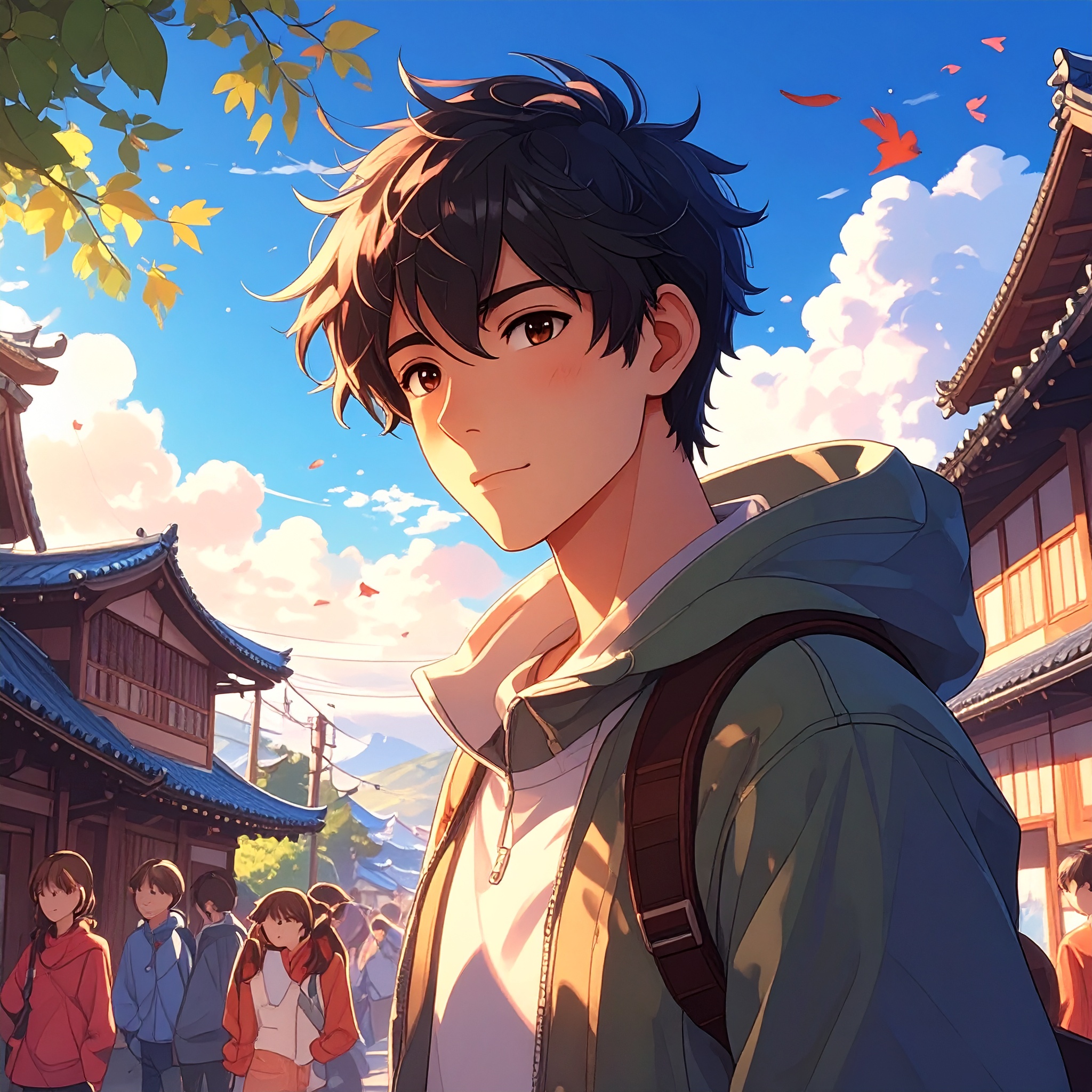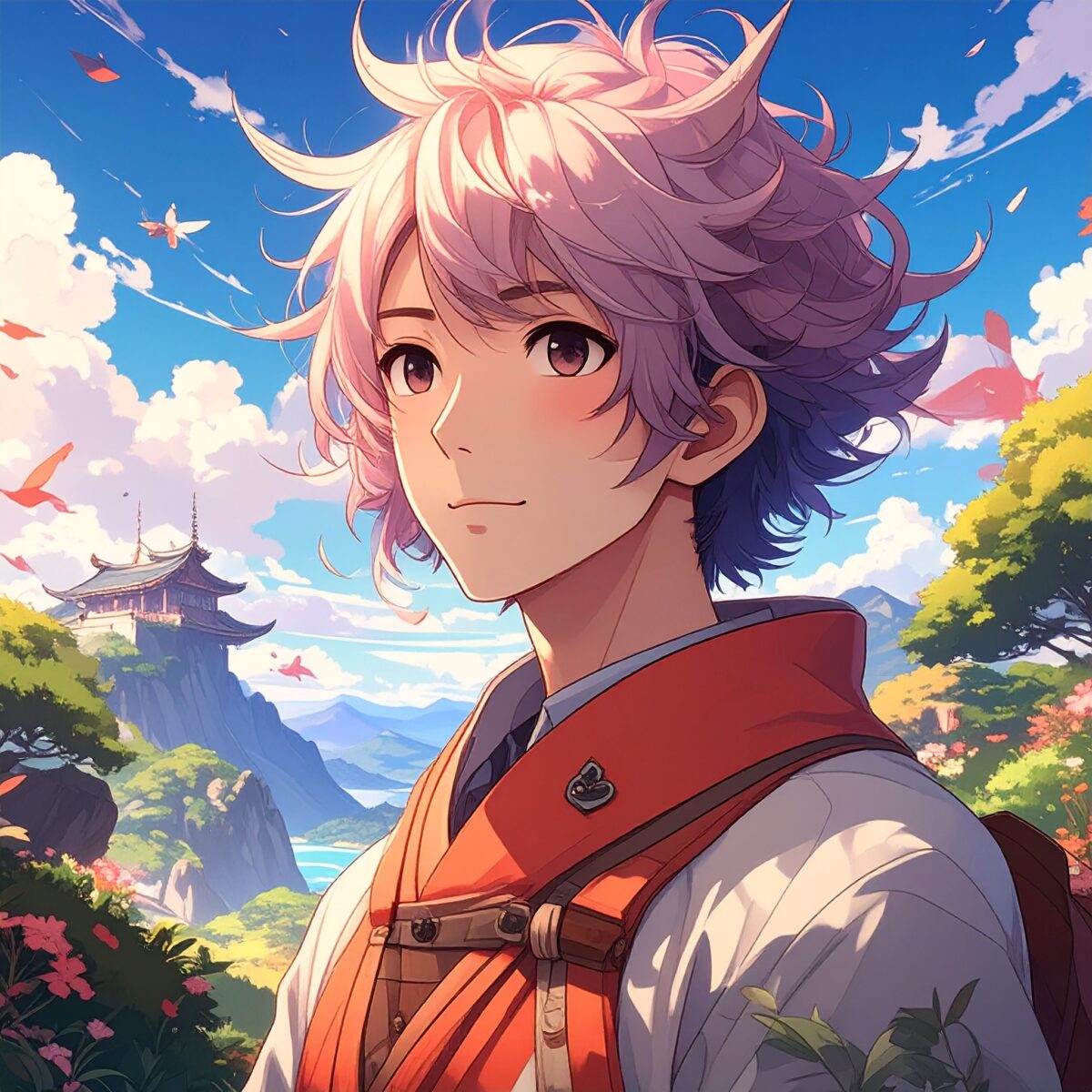Modern travel is fast-paced and information-rich—but the memories that stay with us often come from quiet, nostalgic moments, like a heartfelt conversation with a stranger. Across Japan, the simple yet captivating art of kamishibai—Japanese picture storytelling—offers just such an experience. Whether for children or adults, listening to an elderly storyteller share old folktales brings a warm and unexpectedly moving moment of connection that transcends age or nationality.
Kamishibai, which flourished on the street corners of Japan during the Showa era, is a traditional storytelling method that uses a wooden frame to display illustrated story cards. As each picture is pulled aside, the story unfolds. In a time before movies or television, it was a magical experience that captivated children across the country. Though less common today, kamishibai storytelling is still kept alive in libraries, cultural centers, and tourist sites, with many programs now welcoming international guests.
What makes kamishibai so special is that it’s more than just listening to a story. The storyteller brings the tale to life with expressive voice, dramatic pauses, and hand gestures that draw the listener into a vivid imaginary world. The rhythm and tone of the storyteller’s voice often carry the traces of a life well-lived, offering a transmission of emotion and wisdom that goes beyond words.
The tales shared are often regional folktales passed down through generations—stories of clever animals, brave humans, mysterious spirits, and moral lessons. These narratives, whether familiar ones like Momotaro or Issun-boshi, or lesser-known local legends, quietly reflect the values, humor, and practical wisdom of Japan’s rural communities. Deep within each tale lies a connection to nature, community, and the enduring human spirit.

Children who join a kamishibai session often sit in rapt attention, their eyes wide as they react with laughter, surprise, or curiosity to the unfolding story. Adults, too, find themselves drawn in—listening closely to the rhythm of the storyteller’s voice, savoring the gentle cadence of words that seem to awaken distant memories. The shared moment of sitting side by side and listening as a family becomes a quiet and unexpected form of learning—one that lingers in the heart long after the journey ends.
One of the most endearing aspects of kamishibai is the connection it creates between storyteller and audience. After the performance, children are often encouraged to ask questions or participate in workshops where they can draw their own story pictures and craft original narratives. Through combining words and images, they discover the joy of giving form to their imagination and emotions.
Behind this experience is a heartfelt desire to preserve a culture passed from person to person. In a digital age, the simple act of face-to-face storytelling holds increasing value. These folktales are not relics of the past—they are living voices, carried by real people, resonating with listeners in the present.
Sometimes, in an unexpected corner of your journey, you might come across an elderly man setting up a wooden frame and beginning to tell a story. That brief encounter—just a few minutes long—can become the most memorable highlight of your trip. Through kamishibai, Japan’s folktales reach across generations and language barriers, offering a quietly moving experience that stirs something deep within us.




